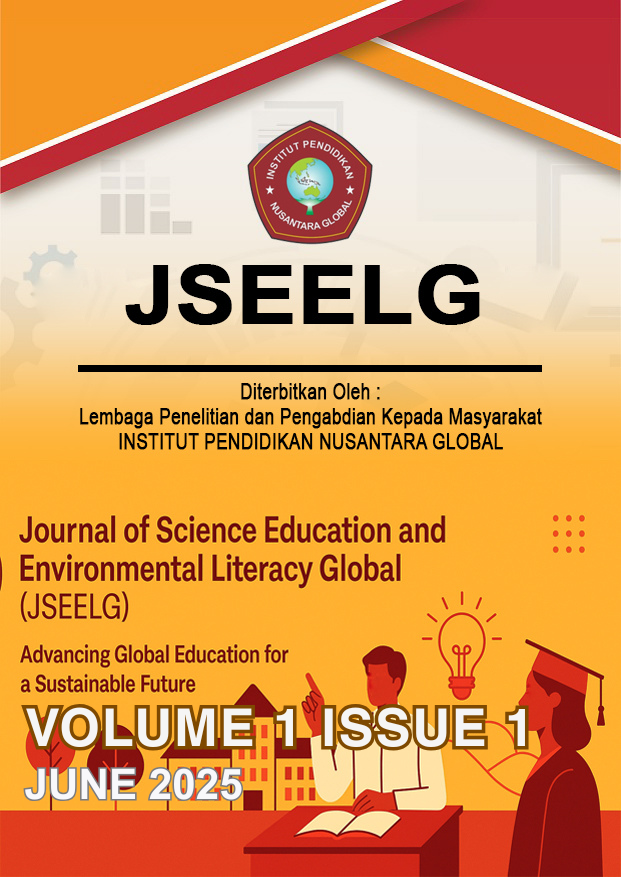IMPLEMENTATION OF PROJECT-BASED LEARNING ON SCIENCE MATERIALS TO INCREASE STUDENT CREATIVITY
Keywords:
Pembelajaran Berbasis Proyek, Kreativitas, IPA, Siswa SMPAbstract
This research aims to uncover the integration of science concepts, especially style and motion, in local cultural practices in the form of the process of weaving ketak carried out by the community in Janggo Village, Janapria District, Central Lombok Regency. Weaving not only serves as a handicraft product of high economic and aesthetic value, but also reflects complex and repetitive motor skills, which indirectly contain the basic principles in Natural Sciences (IPA) learning. This study uses a descriptive qualitative approach with a data collection method through direct observation of the weaving manufacturing process, in-depth interviews with local artisans, and documentation of weaving activities as primary data sources. The results of the study show that in the weaving process, there is the application of forces such as pull, pressure, and thrust which have an impact on the shape, sturdiness, and beauty of the weaving. In addition, the craftsmen's regular, precise, repetitive hand movements are concrete representations of the concept of motion in physics. This activity indirectly shows that local traditional skills can be used as a source of contextual learning in science education, especially to explain the concepts of style and movement in an applicative and meaningful way. Therefore, this study recommends the development of local culture-based teaching materials such as weaving as an effective strategy to improve students' science literacy, while supporting the preservation of regional cultural heritage.








